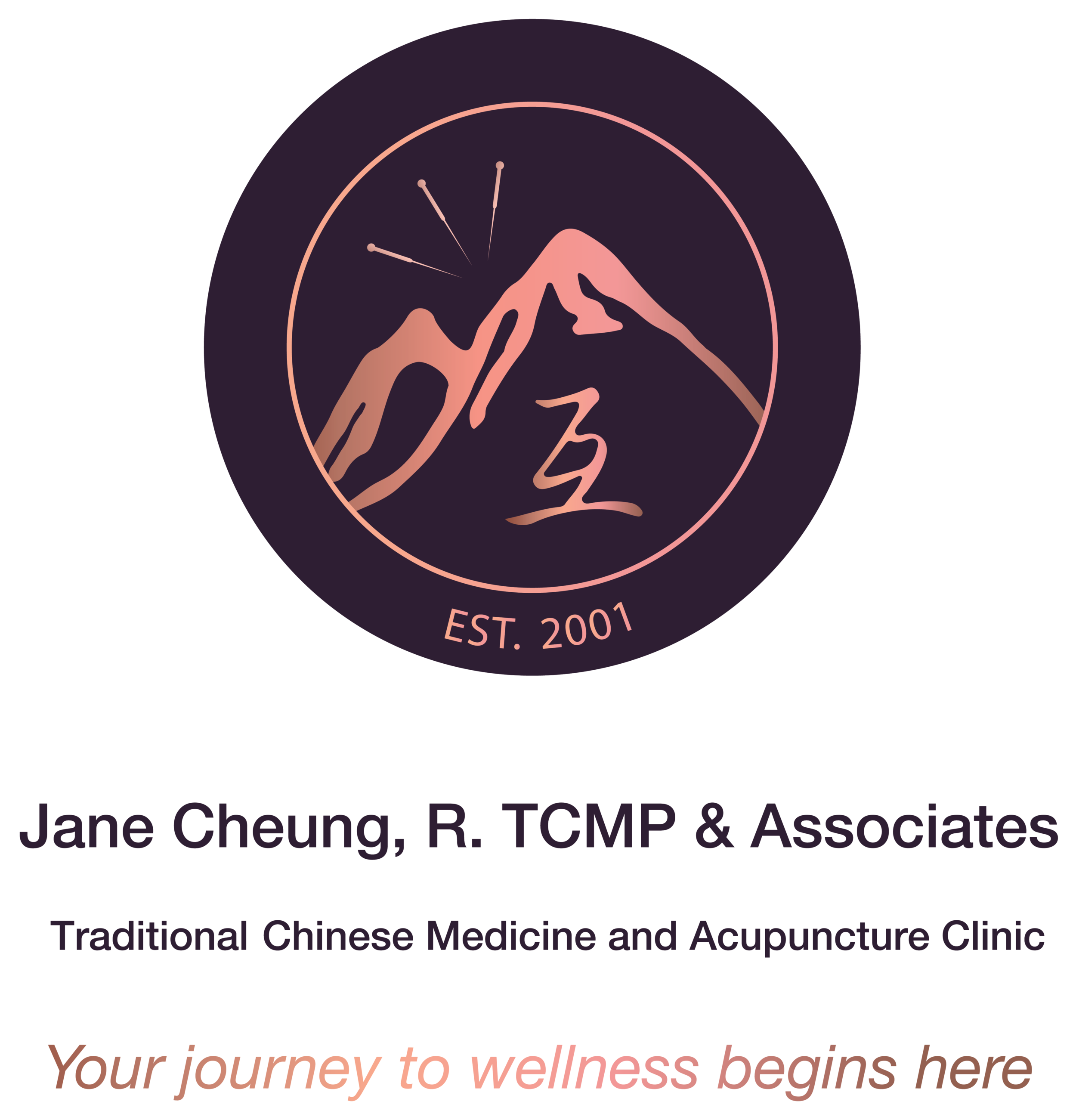Lactation Support With Traditional Chinese Medicine
Breastfeeding as a new mother can be challenging both physically and mentally. We know that breast is best, but it can also be painful, exhausting and and filled with complications. If you run into serious complications such as low milk supply and poor milk flow, Chinese Medicine has natural, quick and effective treatments to get you back on track!
“Breast milk is a product of the transformation of qi and blood.. without qi breast milk cannot be transformed, without blood it cannot be generated.” - Fu Qing Zhu’s Gynecology (early Qing Dynasty)
In Chinese Medicine theory, breast milk is an expression of Blood and Qi. It is understood that once a baby is born the Blood that was once nourishing the placenta is now transformed into breastmilk. If a mother was deficient in Qi or Blood before birth, lost a lot of blood during labour or has been unable to recover fully it can result in poor milk supply simply due to exhaustion. It is incredibly important to maintain proper nutrition, rest, and hydration to replenish the Qi and Blood during pregnancy, labour and sleepless nights.
Below are some of the many ways Chinese medicine can help. Both acupuncture and Chinese herbs are safe while breastfeeding. It’s necessary to seek a registered Acupuncturist (R.Ac.,) and TCM practitioner (R.TCMP) with experience in lactation support to determine the correct treatment protocol for you, as they are specific and individual for each patient.
Acupuncture or acupressure can help by stimulating prolactin secretion, which in turn will stimulate an increase in milk production. Methods such as moxibustion for 5 mins a day at the empirical point for breast milk, Shaoze, is excellent to encourage milk production as is acupressure at Jianjing and Tanzhong. Numerous studies have found Ren 17 (located at the center of the sternum), SI 1 (Shaoze; on the little finger), ST 18 (Rugen; lower breast margins), Zusanli (ST 36), and Taichong (LR 3) to benefit women with a low postpartum milk supply.
Chinese Herbs can also be used when there is not enough Qi and/or Blood. We can combine the herbs specifically for your needs whether it’s to boost the breast milk production and/or relaxing the body to improve milk flow. Any herbs prescribed by R.TCMP are safe to take while breastfeeding. Ask us!
Relaxation Techniques and Rest. In Traditional Chinese medicine, the Liver stores Blood. When you lie down and rest, your blood flows back into the Liver to be rejuvenated. When the blood is rejuvenated, it can be transformed into breast milk. Often milk flow is impacted with strong emotions, such as frustration and guilt, or due to the lack of sleep from waking regularly to feed a newborn child. In our clinic, we can help protect the Liver and help the new mother relax into their transition. We can also combine with specific breathing techniques (Qigong) to guide them as part of their ‘homework’ in between treatments.
Nourishing Foods: We can also positively impact breast milk production with TCM nutrition. Generally, the first step is to ensure the body is well hydrated - not just with water, but with warm and easy-to-digest meals such as congee, oatmeal, and bone broth soups. Foods which help for low milk supply includes red meats, seaweed, clams, fish, eggs. Adding celery, ginger, and scallions provides more directionality and can improve milk flow. Ever tried Pig’s Trotter Soup? That has been traditionally made by Asian families for new mothers to build back their strength and improve milk supply. For vegetarians, a protein-rich diet is important with foods like: Brewer yeast, eggs, nuts and seeds, whole grains, yogurt, lentils, quinoa, beans, nuts, soy-milk and tofu.
Pig’s Trotter and Soybean Soup
Ingredients
2 lb pig’s trotters, each split in half lengthwise and cut into small chunks by your butcher
4 oz (115 g) dried soybeans, soaked in cold water for at least 4 hours, preferably overnight
4 cups (950 ml) water
1 whole star anis
1-inch (2.5 cm) piece of ginger, crushed
1 tablespoon Shaoxing wine
1 cup leafy greens, such as Brussels Sprout leaves (optional)
Salt and freshly ground white pepper
Soy sauce, for dipping
Directions
In a pot, add the trotters and enough water to cover them. Bring to a boil and blanch for 2 minutes. Transfer the trotters to a colander and rinse under cold water to remove any scum.
In a large pot, add the trotters, soybeans, water, star anise, ginger, and wine. Bring the liquid to a boil, then reduce the heat to maintain a gentle simmer. Cover and cook, skimming off surface scum from time to time, until the trotters are very tender and the beans are tender and creamy, about 2½ hours.
Add the leafy greens and cook briefly until crisp-tender.
Season to taste with salt and pepper. Pour some soy sauce into a sauce dish and serve as a dipping sauce for the trotters.
References:
Fan ZL, Yang MF, Yin RP, et al. Zhongguo Zhen Jiu. 2020;40:1138–42. [Exploration on the acupoint selection rule for the treatment of postpartum hypogalactia with acupuncture and moxibustion based on the set visualization analysis system] [PubMed] [Reference list]
Acupuncture Plus Herbs Improves Lactation Finding: Study
Xian D. (2017). Application of acupuncture therapy in nursing care of maternal lack of breast milk. Nursing Research of China. 2017,31(18): 2301-2303.
Jiang LL. (2014). Observation on curative effect of 106 ases of postpartum hypogalactia treated by combination of TCM and Western Medicine. Journal of Qilu Nursing. 2014,20(5): 124.
He JQ, Chen BY, Huang T. (2008). Shanzhong acupoint treatment of postpartum hypogalactia: a multicenter randomized controlled study. Chinese Acupuncture & Moxibustion. 2008,28(5): 317-320.
